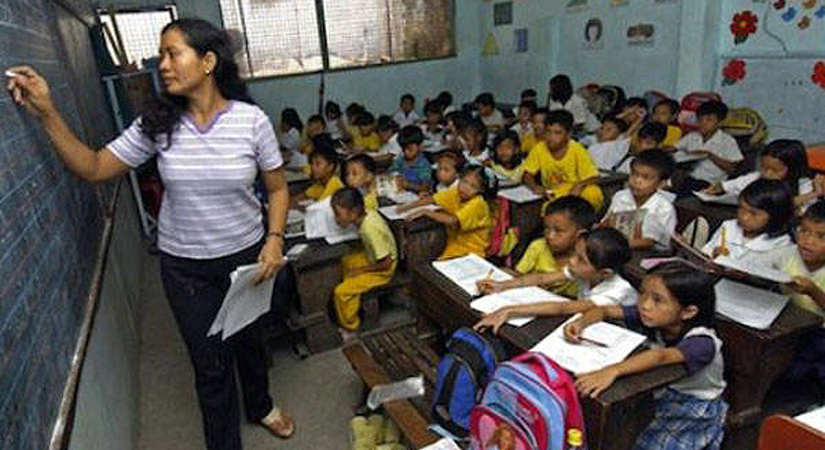
THE prolonged ban on face-to-face learning during the pandemic could worsen the learning gap in the Philippines, highlighting the need to reform the education system, according to a book released by the Asian Development Bank (ADB).
With students and teachers forced to rely on digital platforms for education because of the pandemic, only 55% of students and 26% of public schools have access to the internet, according to Teach for the Philippines (TFP), a non-government organization, which was writing in the ADB book Powering a Learning Society During an Age of Disruption, released last week.
“Today, we face aggravating circumstances — an unprecedented health crisis that has taken a toll on past efforts and threatens to generate insurmountable inequities. The students who were already disadvantaged before COVID-19 are now even more crucially and cruelly impacted,” TFP said.
“Without immediate and long-lasting action, the most underserved children will continually fall further behind, compounded by other preexisting challenges such as poverty, gender, disability, geography, and ethnicity,” it added.
President Rodrigo R. Duterte prohibited face-to-face schooling starting March 2020 because of the pandemic and the absence of a widely available vaccine. The Education department implemented a blended learning approach incorporating paper, digital, television and radio media.
TFP said it rolled out training programs to help teachers adapt to the new methods.
“It is a sad reality that despite teachers’ best efforts, students worldwide do not have equal access to quality education,” it said.
Despite the challenges, it said the crisis has opened opportunities to make the education system more inclusive and equitable. It said classrooms should also be adapted to the new platforms that have emerged, to expand methods of learning.
“Equity in education in the Philippines is possible by broadening the pathways into the teaching profession, increasing school-based coaching, prioritizing the well-being of our education workforce, promoting participant data ownership, and ultimately, by allowing teachers to participate in policy decision-making processes,” it said. — Beatrice M. Laforga



